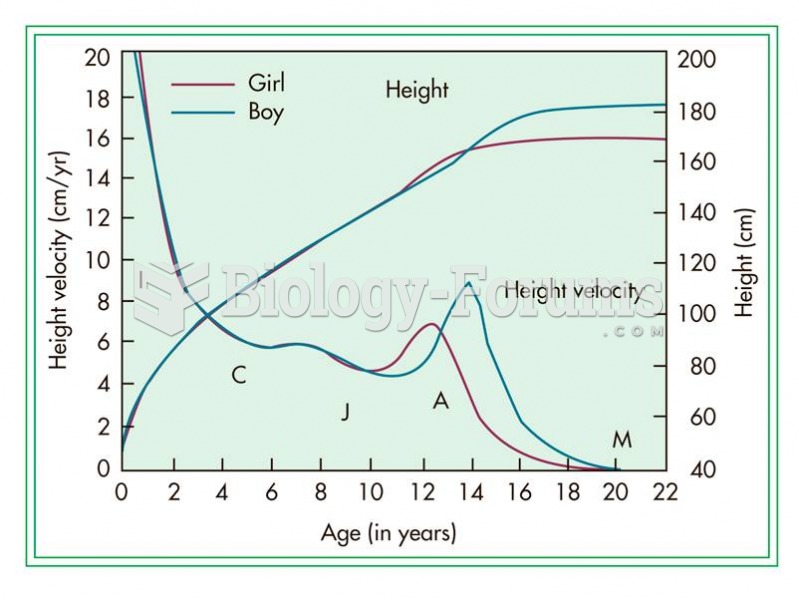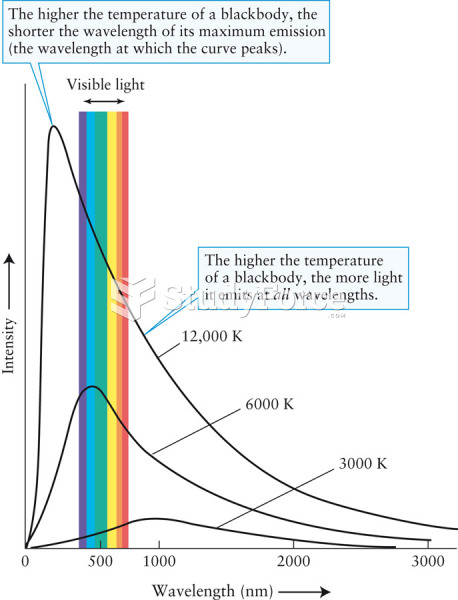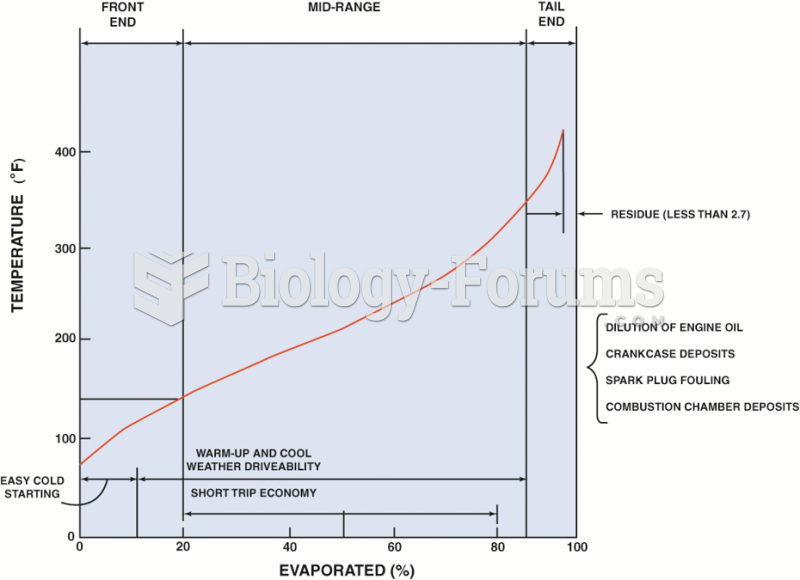|
|
|
Many of the drugs used by neuroscientists are derived from toxic plants and venomous animals (such as snakes, spiders, snails, and puffer fish).
Essential fatty acids have been shown to be effective against ulcers, asthma, dental cavities, and skin disorders such as acne.
After a vasectomy, it takes about 12 ejaculations to clear out sperm that were already beyond the blocked area.
In the United States, congenital cytomegalovirus causes one child to become disabled almost every hour. CMV is the leading preventable viral cause of development disability in newborns. These disabilities include hearing or vision loss, and cerebral palsy.
More than one-third of adult Americans are obese. Diseases that kill the largest number of people annually, such as heart disease, cancer, diabetes, stroke, and hypertension, can be attributed to diet.
 Zonal wind speeds on Uranus. Shaded areas show the southern collar and its future northern counterpa
Zonal wind speeds on Uranus. Shaded areas show the southern collar and its future northern counterpa
 The adolescent growth spurt in humans is seen as a “bump” in the height curve and a “spike” in the h
The adolescent growth spurt in humans is seen as a “bump” in the height curve and a “spike” in the h





